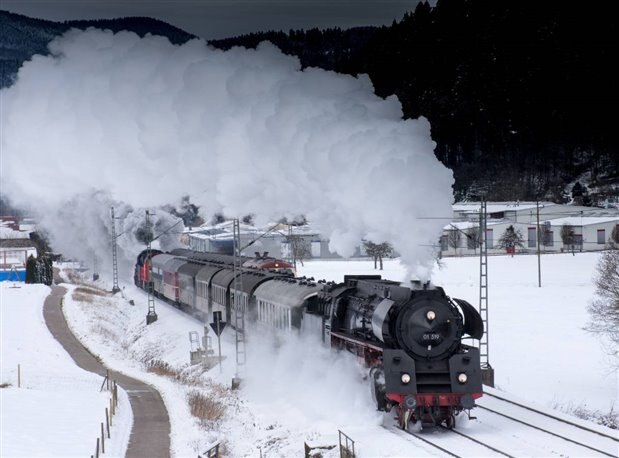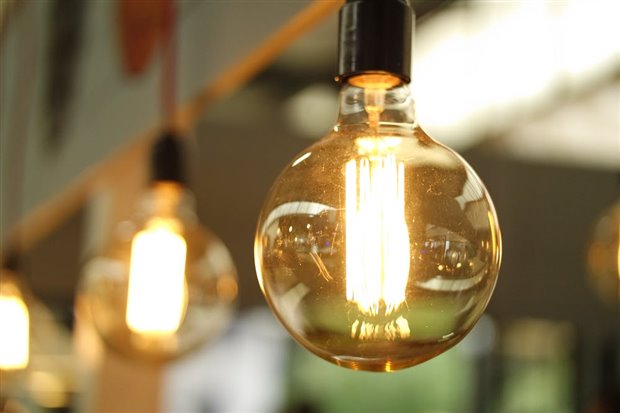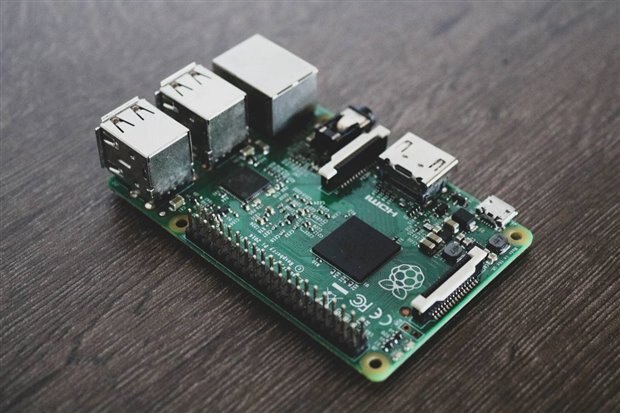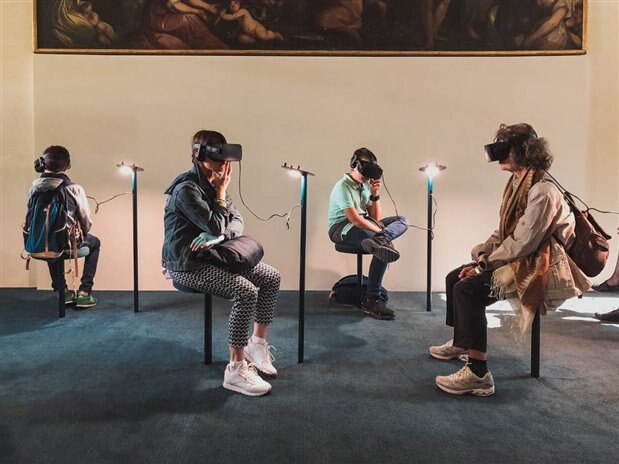It is the histories of our various pursuits that inform their futures, and manufacturing is no different. For centuries, goods, including food, clothing, and shelter, were manufactured by hand; the first industrial revolution marked the beginning of modern manufacturing practices. Since then, operations have developed rapidly. We have undergone three industrial revolutions, find ourselves in the midst of a fourth, and are poised to predict what a fifth might hold. From Industry 1.0 to Industry 5.0, here is an overview of the progress manufacturing practices have made and a look at what the future might hold.
Industry 1.0
Steam engines helped birth the industrial revolution.
Industrial revolutions have historically served to separate man’s work from machine’s work: allowing machines to take over most of the jobs that are in some way unsuitable for people, whether they be dangerous or plain boring. The 1800s introduced water- and steam-powered machines to aid workers in their tasks. This increased efficiency and capability necessity growth in other areas; businesses grew from individual interests to organizations with owners, managers, and employees serving customers. Textiles and transportation, in particular, benefited immensely from industrialization, and machine use in manufacturing became even more widespread with the use of coal as an additional fuel source.
Industry 2.0
Electricity was the fuel of Industry 2.0
By the late 1800s, this organizational growth, coupled with the advent of the consumer, necessitated further innovation. This was greatly aided by the fact that electricity had replaced water and steam as a primary power source and enabled the concentration of power sources to individual machines, and eventually of machines with their own power sources.
Paralleling mechanical innovation again was the innovation of workforce organization. This period also introduced division of labor, and mass production via assembly line became common. It was the American mechanical engineer Frederick Taylor who introduced methods of studying labor to optimize worker and workplace efficiency.
Industry 3.0
The integrated circuit chip made the first computer era possible.
The third industrial revolution occurred in the last few decades of the 20th century: the first computer era. The invention of devices such as the transistor and, later, the integrated circuit chip made it possible to fully automate machines to further aid or entirely replace human operators. Software systems were developed to make complete use of the new possibilities created by electronic hardware. Integrated manufacturing systems were replaced by enterprise-scale planning tools, which allowed users to plan, schedule, and track product flow. Where I1.0 and I2.0 enabled larger-scale production through mechanical aides, I3.0 has allowed automated systems to perform human tasks using things such as Programmable Logic Controllers.
Industry 4.0
Industry 4.0 is about something we’re intimately familiar with: the smart device.
Now we find ourselves in the midst of implementing the fourth industrial revolution, and its primary innovation is devices most modern consumers will be intimately familiar with: the smart machine. I4.0 connects the IoT with manufacturing techniques, allowing systems to share and analyze information, using that analysis as guidance for intelligent actions. This is the current benchmark that organizations must keep up with in order to be competitive: seamless integration of the IoT with everything from analytics and AI to additive processes and advanced materials. Smart machines are increasingly autonomous; they are able to self-monitor and communicate all without human intervention, freeing up employees for other tasks.
This revolution is the natural progression of programs first developed during I3.0. Manufacturing execution systems, product life cycle management, and other far-sighted concepts developed in the late 1900s simply lacked the technology that would make full implementation possible. Key elements of I4.0 include the cyber-physical system, a mechanical device run via an algorithm, the interconnected networks of sensors which make up the IoT, cloud computing, and cognitive computing.
Implementation of I4.0 has not been without its challenges. Adapting existing technologies and processes to fit current paradigms, incorporating smart devices to provide the desired intelligence, implementing and maintaining appropriate network capabilities—although short-term, these are all obstacles to be bridged for forward-thinking companies.
Industry 5.0
Human-computer interactions such as virtual and augmented realities may drive the future of industry.
And it is this forward-facing mindset that brings us to what innovation might lead us into the fifth industrial revolution. Less than a decade after talk of Industry 4.0 first surfaced, forecasting of the next revolution has begun. If the current focus is the integration of machines into interconnected networks, one vision for I5.0 is about reconnecting the human worker into that framework. Where is the nexus at which man and machine most efficiently connect?
While there are a number of current research projects focused on human-computer interaction (HCI)—virtual reality gaming devices, wearable sensors—it is still difficult to predict precisely how this will look in a manufacturing setting. In this vision of the future, however, many imagine humans as the creative drive for tasks while robots manage all the rest. Even more so than I4.0, however, this may mean significant changes in an organization, requiring evolutions in organizational behavior, structure, ethics, environment, and more. How does one begin to regulate human-robot interactions?
Another possible vision of the future is bioeconomy, or intelligent use of biological resources for industrial purposes, which produces renewable resources while converting them into value-added products. This, ideally, will help achieve a balance between ecology, industry, and economy. Biologization serves as the guiding principle of the bioeconomy and has the potential to signal a fundamental shift in industries rather than a continuation of the process of taking 19th and 20th-century conceptions of labor and industry and pushing them to new extremes.
In reality, Industry 5.0 may incorporate both of these drives and more. Other themes that are poised to play a large role in coming industrial evolutions are space industries, space mining, and even space living, given that a driving force for change will by necessity be sustainability and the economics of resources themselves. And whether human-computer interaction emerges as the central theme in I5.0 or not, the presence of robots in human life, and the adjustments necessary to accommodate it, will be a factor in whatever comes next.
Have a story tip? Message me at: http://twitter.com/Cabe_Atwell





